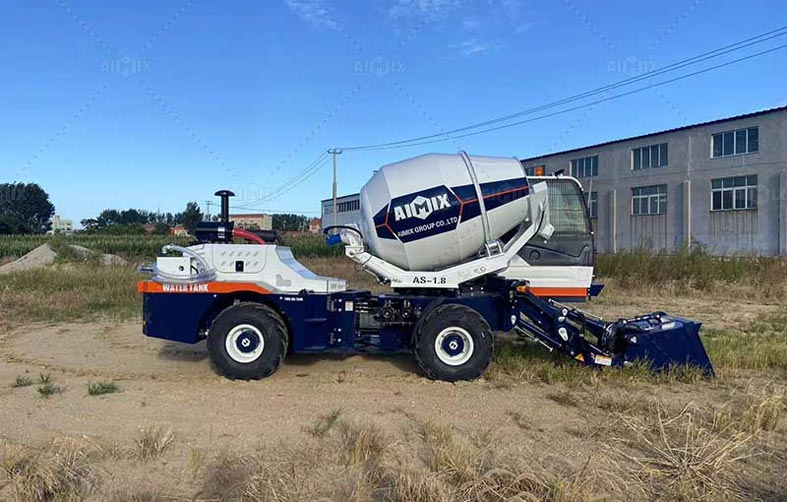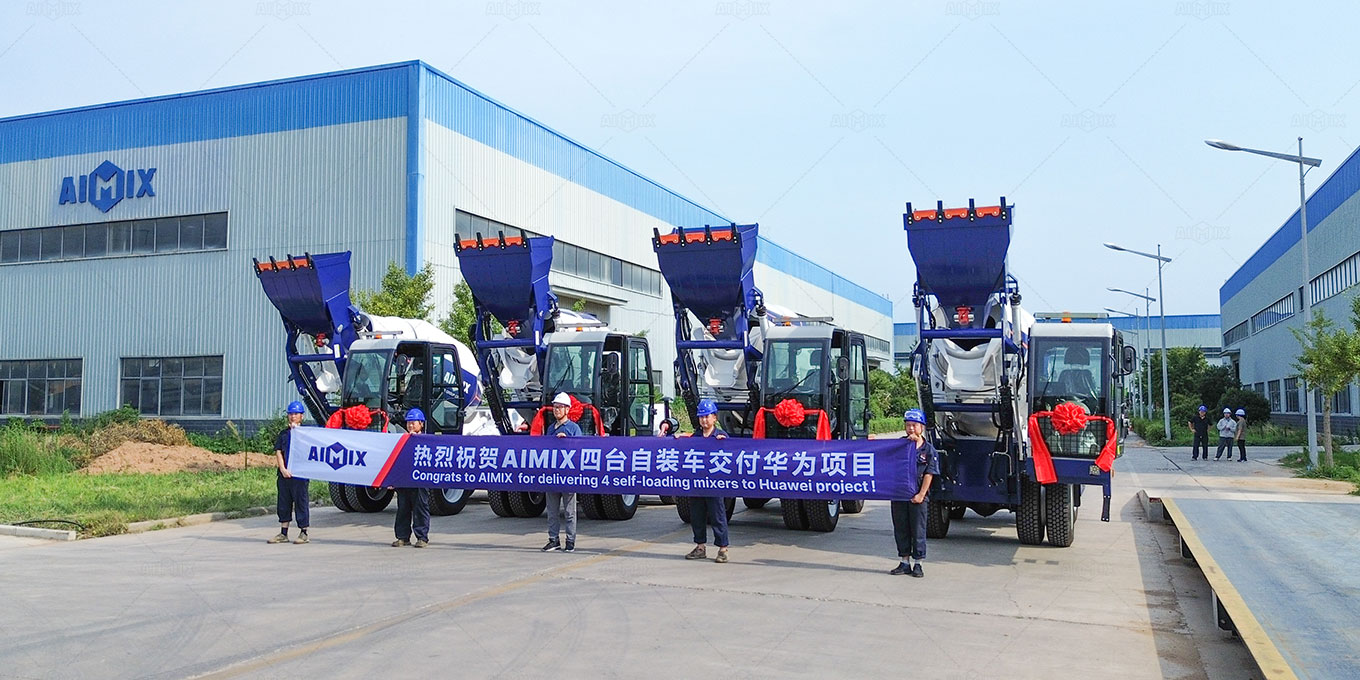Self-Loading Mixer Capacity Guide: Which Size Fits Small, Medium & Large Projects?
Self-loading mixers have transformed how concrete is produced on-site, removing the need for multiple machines and minimizing labor demands. However, choosing the right capacity is critical to ensuring efficiency, cost control, and consistent concrete quality. The wrong size can lead to delays, wasted material, or underutilized equipment. Understanding which self loading concrete mixer fits small, medium, or large projects helps streamline workflows and improve overall project performance.
Choosing a self-loading mixer is not just about volume; it’s about balancing productivity with project scale, terrain conditions, and operational costs.
Small Project Applications: 1.2–2.6 Cubic Meter Mixers
For small-scale jobs such as residential driveways, rural housing, or light repairs, compact self-loading mixers with capacities between 1.2 to 2.6 cubic meters excel. Their agility on narrow job sites and low fuel consumption make them ideal for localized tasks. Operators can easily maneuver these machines through tight passages or uneven ground, reducing the need for material transport trucks.

Despite their size, these mixers still integrate weighing systems and hydraulic loading features to maintain high mix quality. They are cost-effective because they require fewer operators, enabling small contractors or individual builders to keep expenses under control while producing consistent batches of fresh concrete right where it’s needed.
Medium Project Demands: 2.6–4.0 Cubic Meter Mixers
For mid-sized projects such as commercial buildings, municipal roadworks, or medium-scale infrastructure, self loading concrete mixers in Nigeria in the 2.6 to 4.0 cubic meter range strike the perfect balance. These machines provide a higher daily output while remaining relatively compact for job sites with restricted access. Their improved engine power supports longer operating hours, ensuring projects stay on schedule without sacrificing performance.
These mixers often include enhanced features such as 360-degree rotating drums for faster unloading and integrated water metering to maintain exact ratios. The result is uniform concrete quality even when running continuous production cycles. Contractors benefit from reduced reliance on external batching plants, enabling on-demand mixing and fewer interruptions to workflow.

Large-Scale Operations: 4.0–6.5 Cubic Meter Mixers
When undertaking expansive road construction, high-rise developments, or industrial facilities, productivity demands escalate. Self-loading mixers with capacities from 4.0 to 6.5 cubic meters are built to deliver high volumes without frequent refilling. Their robust chassis, heavy-duty axles, and powerful engines allow them to endure intensive workloads while traveling between multiple pour points on large job sites.
Such machines minimize downtime by producing substantial quantities of concrete in fewer cycles, reducing overall fuel consumption per cubic meter of output. With advanced operator cabins, real-time monitoring, and GPS integration, contractors can maintain complete control over production rates and quality standards. This size category also supports the use of multiple units operating simultaneously to meet tight schedules on massive infrastructure projects.
Selecting the right self-loading mixer capacity ensures project efficiency, keeps costs predictable, and prevents equipment strain. Whether managing small residential jobs, mid-sized commercial builds, or vast infrastructure projects, aligning concrete mixer machine size with workload requirements ensures dependable concrete production and seamless operations.


